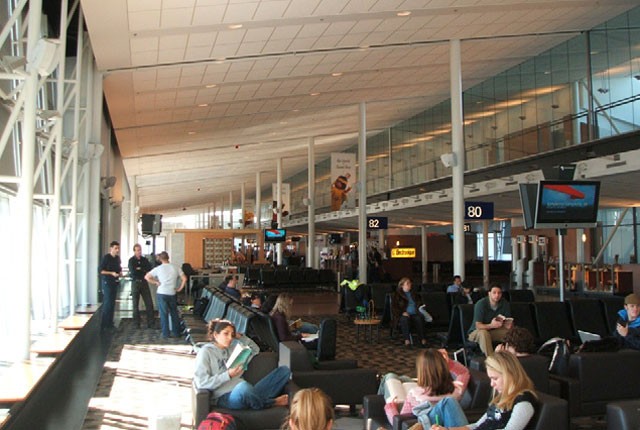Montreal’s Pierre Elliott Trudeau International Airport has an environmental badge of honour, thanks in part to the ingenuity of engineering grad Thanos Tzempelikos.
The airport is Canada’s first to hold Airports Council International’s Airport Carbon Accreditation for sharply reducing its greenhouse gas emissions.
Part of the honour came down to Tzempelikos’s role in the development of Trudeau International’s advanced lighting and shading controls.
“It’s great news,” says Tzempelikos, PhD 05, an associate professor at Purdue University in West Lafayette, Ind. “An airport is not just any type of building.”
ACI accreditation is granted to airports that significantly cut carbon dioxide emissions through better energy management.
Eleven years of improvements to Trudeau International’s heating and cooling systems helped slash greenhouse gases by almost 50 per cent, says Aéroports de Montréal (ADM) President James Cherry. “All of our expansion and modernization projects at Montreal–Trudeau during the past two decades have included an energy-efficiency improvement component.”
Concordia played a key role in accreditation for Trudeau International, North America’s second airport to gain the environmental endorsement. Seattle-Tacoma International Airport earned the distinction earlier in 2014.
Mentored by Andreas Athienitis, a professor in Concordia’s Department of Building, Civil and Environmental Engineering, Tzempelikos helped introduce automated window shades and lighting controls throughout the airport, a project ADM called “ingenious.”


 Thanos Tzempelikos, PhD 05 | Photo: Purdue University
Thanos Tzempelikos, PhD 05 | Photo: Purdue University
 The studied south-facing airport zone; during sunny days shades were open and lights were turned on | Photo: A. Tzempelikos
The studied south-facing airport zone; during sunny days shades were open and lights were turned on | Photo: A. Tzempelikos